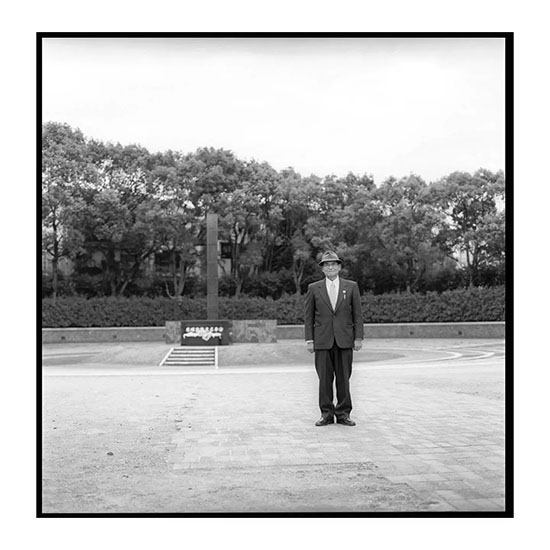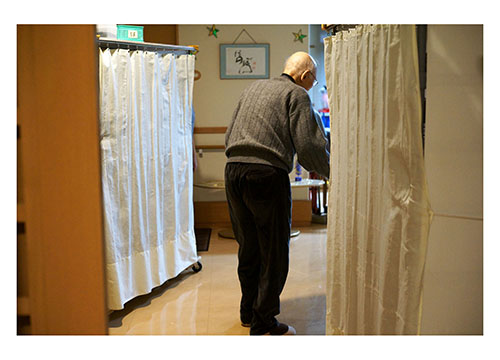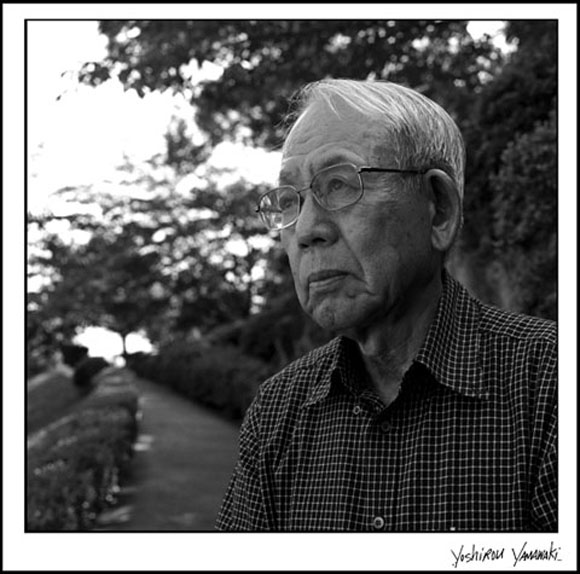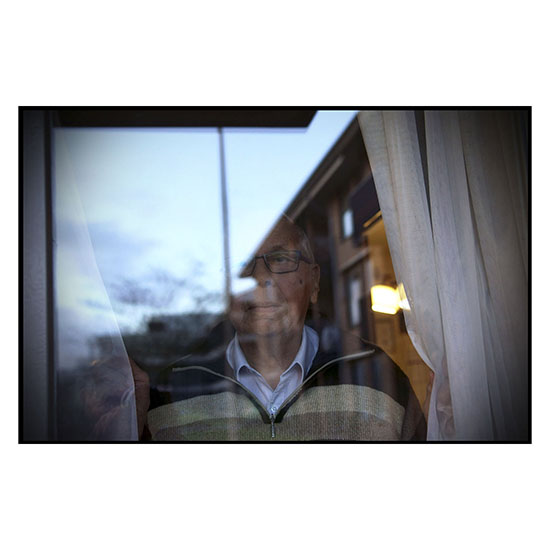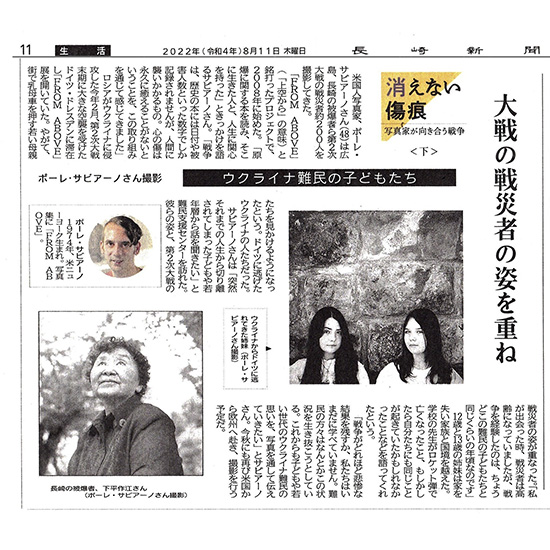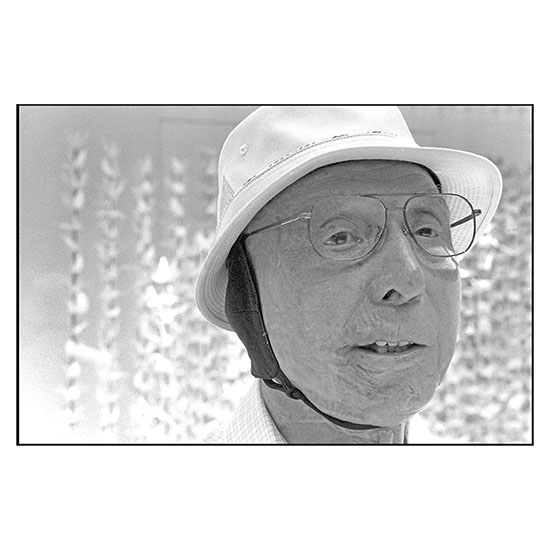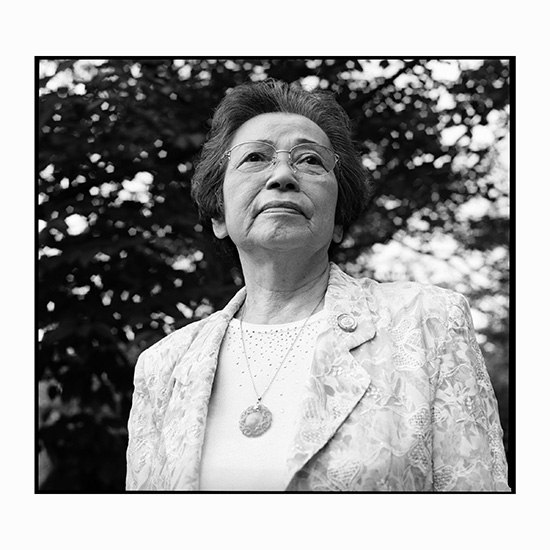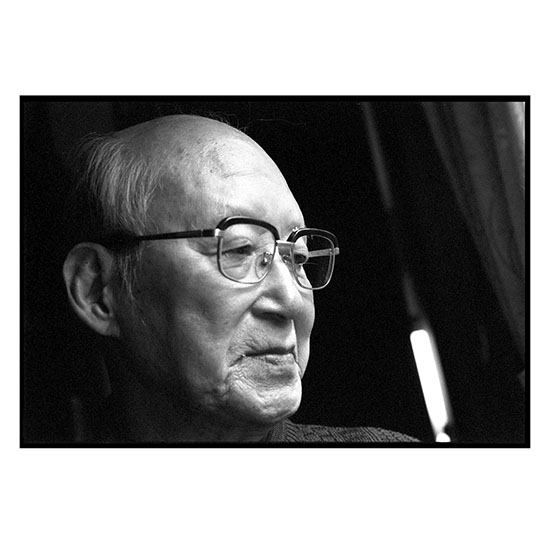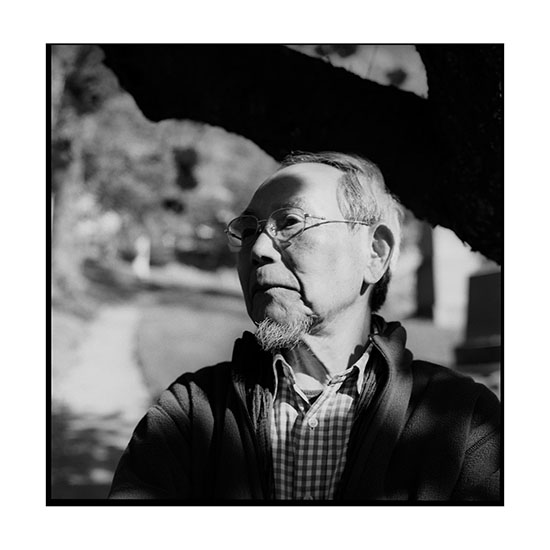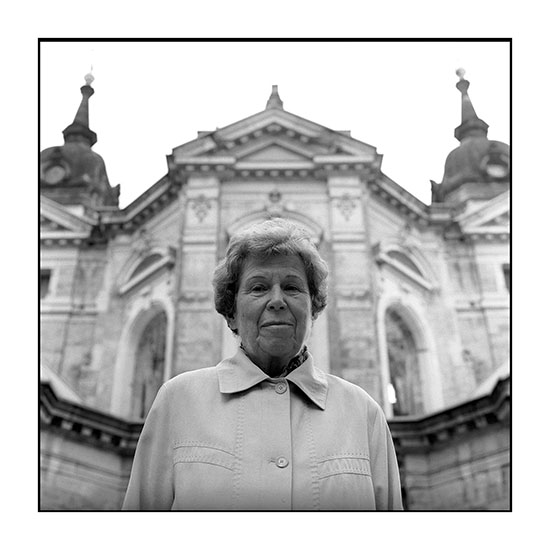
“It’s hard to put into words, it left a mark on our lives.”
-Anita John
I received the sad news that Mrs. Anita John passed away a few months ago. She was 12 years old when Dresden was destroyed by fire bombs on February 13th and 14th, 1945.
Mrs. John was one of the first people I photographed in Dresden for my From Above project. I photographed her in front of the destroyed church, Trinitatiskirche, where her parents were married and where she received confirmation. It is located a few streets from where she survived the fire bombings. For most of her life, she lived just a couple of minutes away from her original home and the church.
The family survived the first bombardment during the attack by taking shelter in the cellar of their home. Anita remembered her mother lying on top of her as the bombs rained down on the house. After the first wave, the roof of their flat was on fire and the windows had shattered. However the first floor of the building was not yet ablaze. She saw a china set sitting peacefully on a small table, still resting in the exact spot they were prior to the bombing.
They brought valuables to the cellar to save them from the fire. Her father asked what she wanted from home, she said, “my doll carriage and school bag”. They did not evacuate the area and were caught unaware by the second attack. Fire raged outside the steel cellar door. It was producing extremely high temperatures inside the cellar. Oxygen quickly became scarce.
Anita and her family lay down on the floor together with the other inhabitants of the building. She covered her mouth with a damp bathrobe that helped her to breathe whilst smoke filled the cellar. They all survived, until the immense heat from the raging firestorm consumed all the oxygen inside the cellar. All, but one, died of smoke inhalation.
Sixteen hours later, a soldier looking through the ruins for his wife broke a small window accessible from the street. Oxygen rushed into the bunker. Only Anita woke up amongst the dead. Her parent’s bodies lay silent, close by on the floor. The soldier saw Anita’s body move and took her to the aid station. The water in the damp bathrobe had allowed just enough oxygen to keep Anita breathing. The last memory Anita has of her parents is telling her father “I want to lie here”. Her mother responded, “Then let’s stay”.
I hadn’t seen Mrs. John in years. I kept in contact through three of her childhood friends that were photographed in From Above. I also photographed Mrs. John and her best friend, Mrs. Nora Lang, in front of the Trinitatiskirche. It was an honor to have Mrs. John as a friend.
